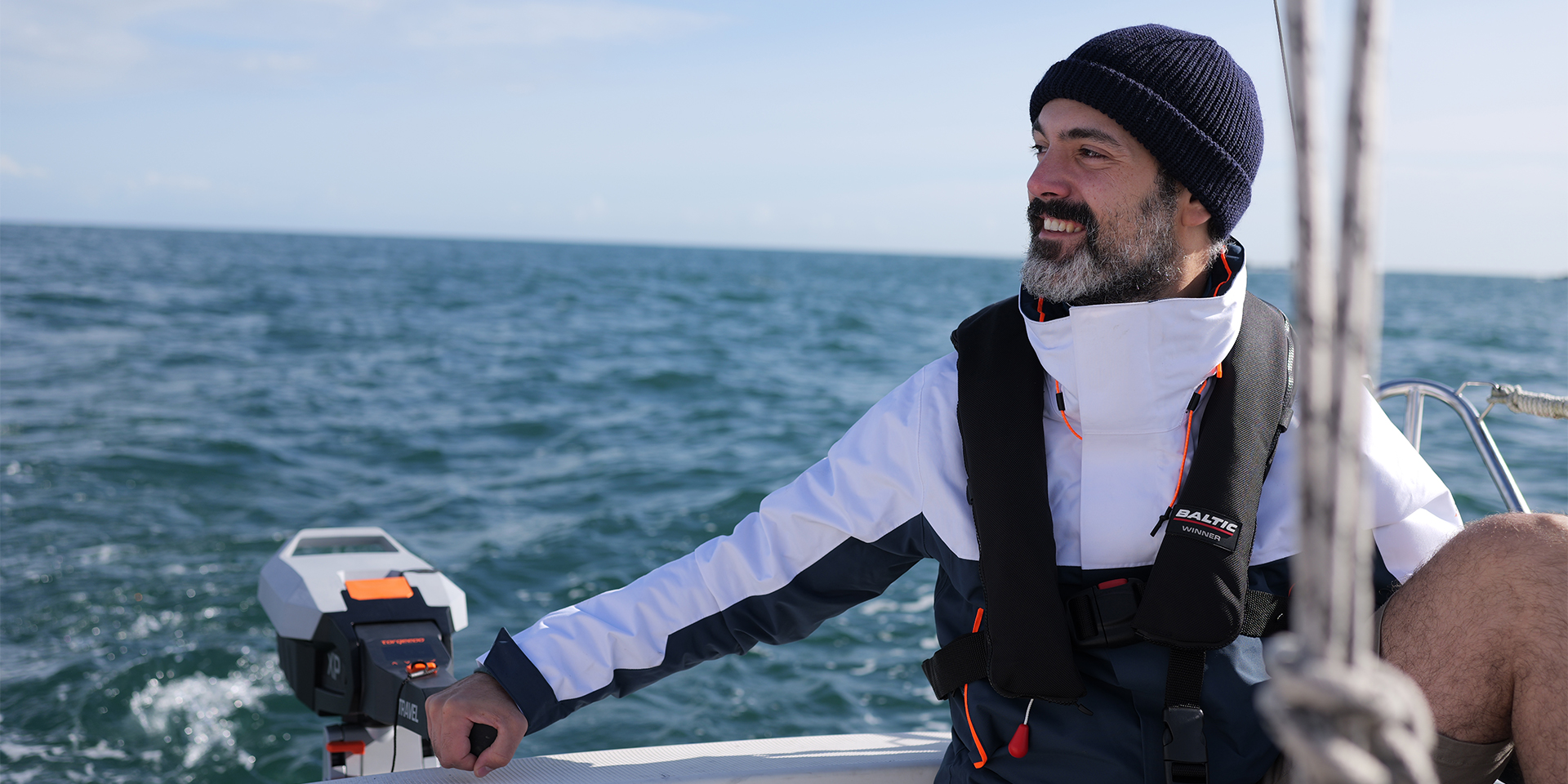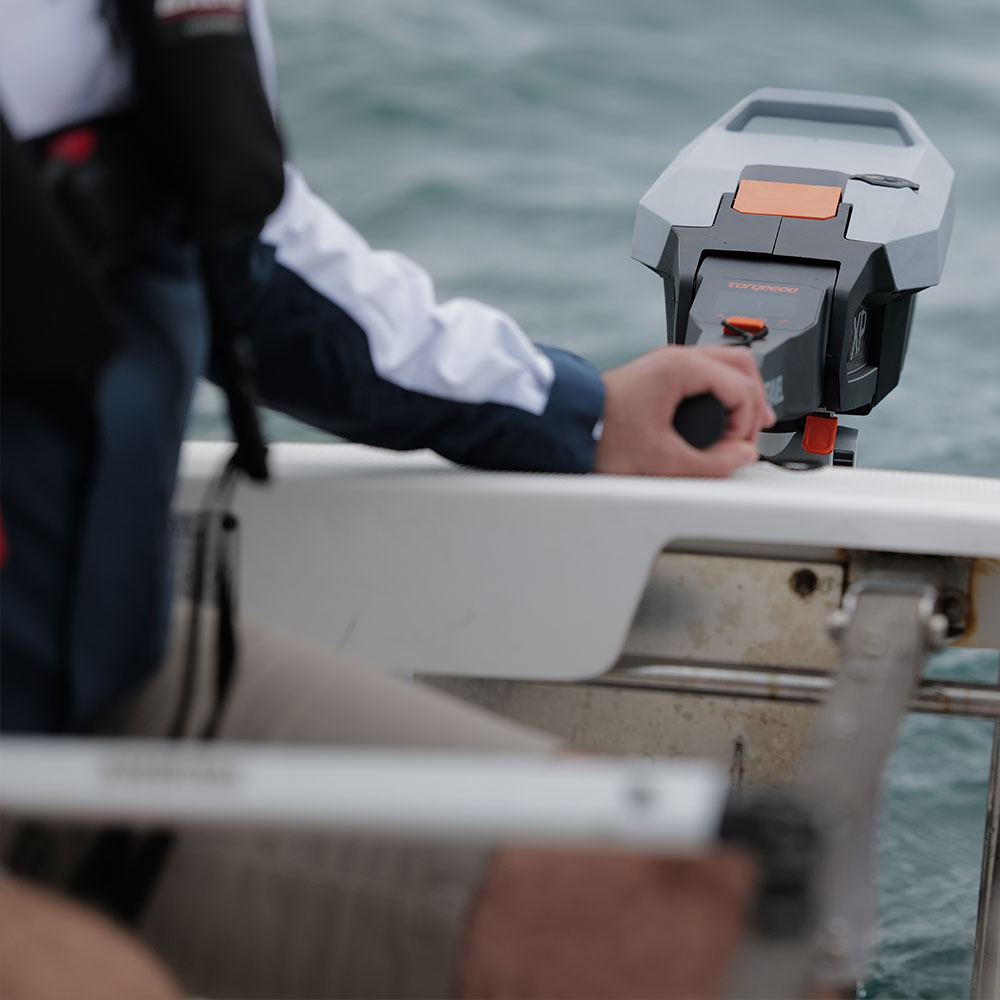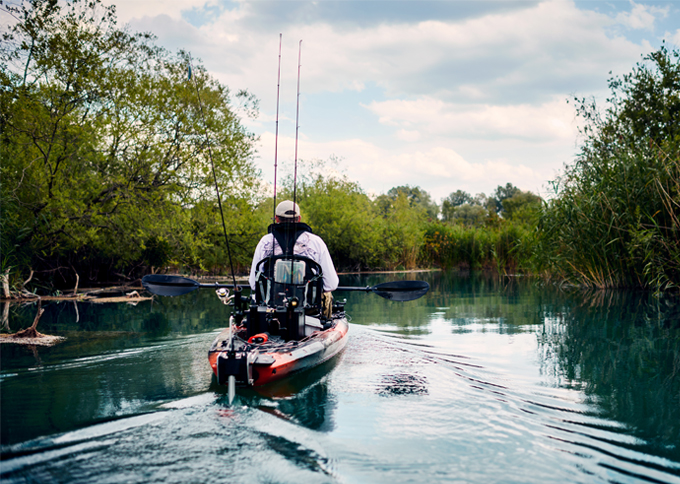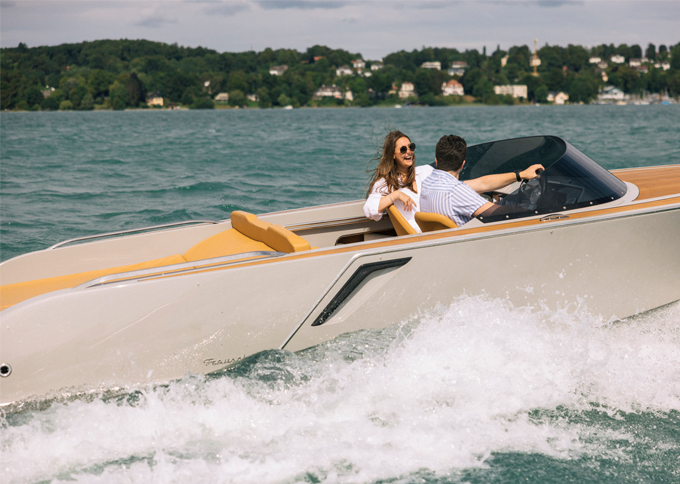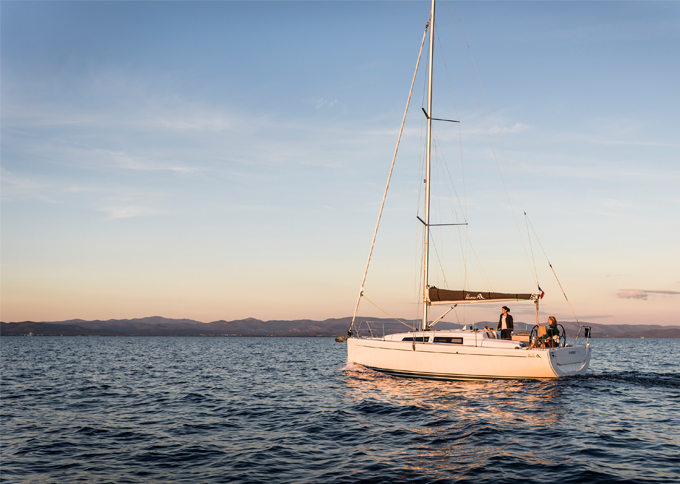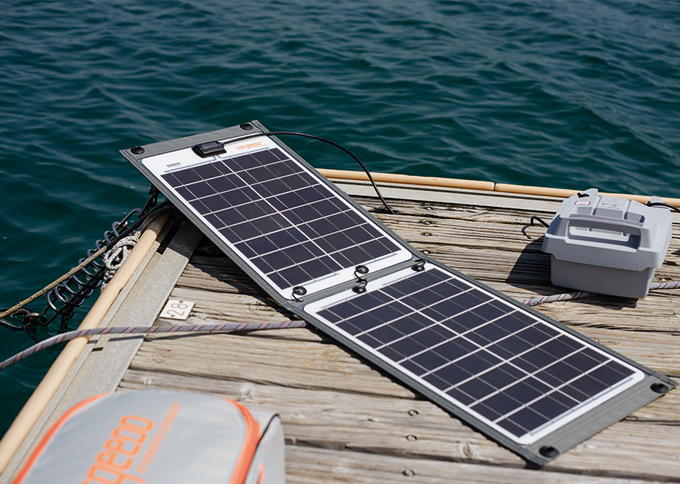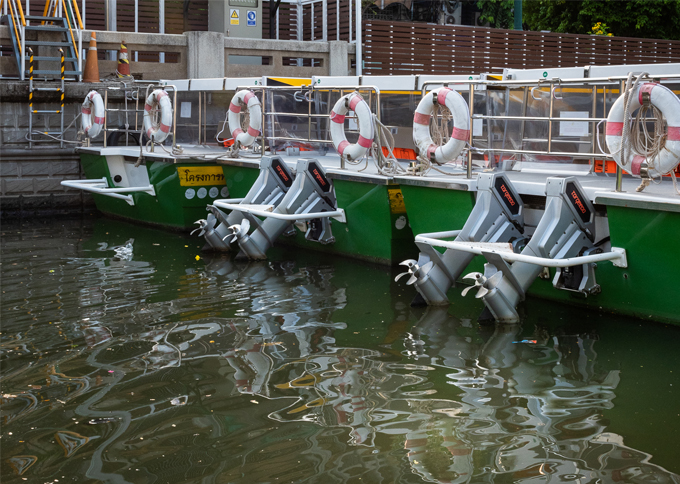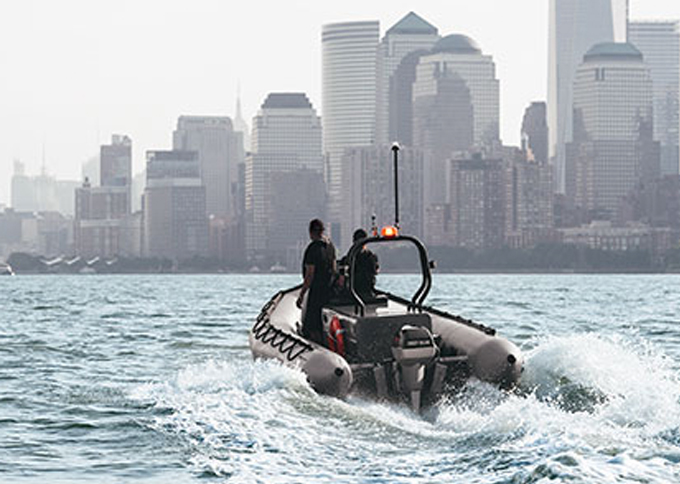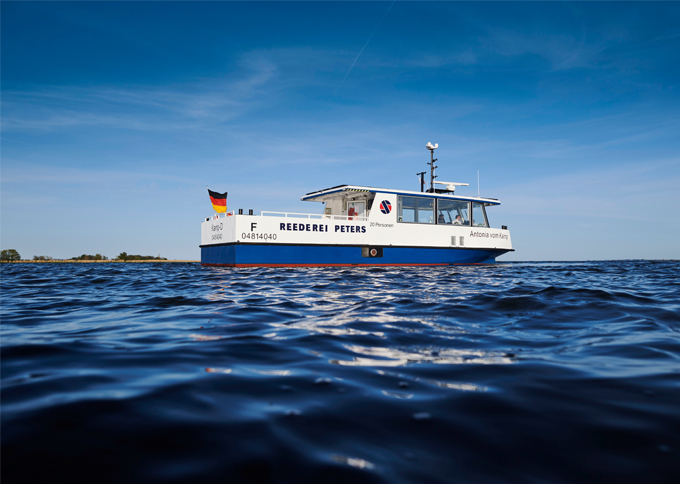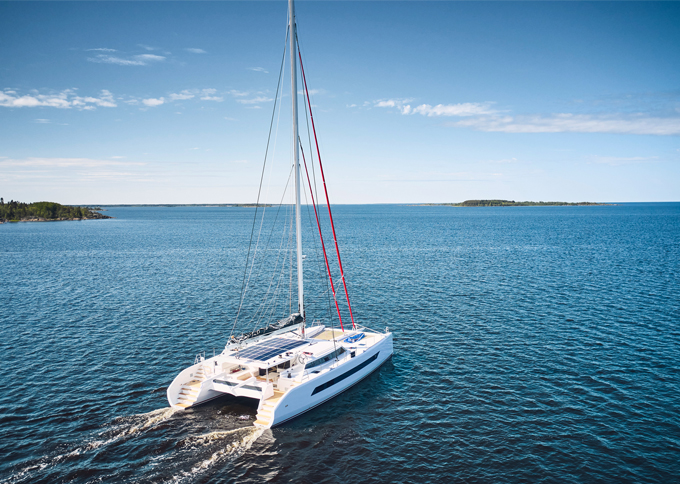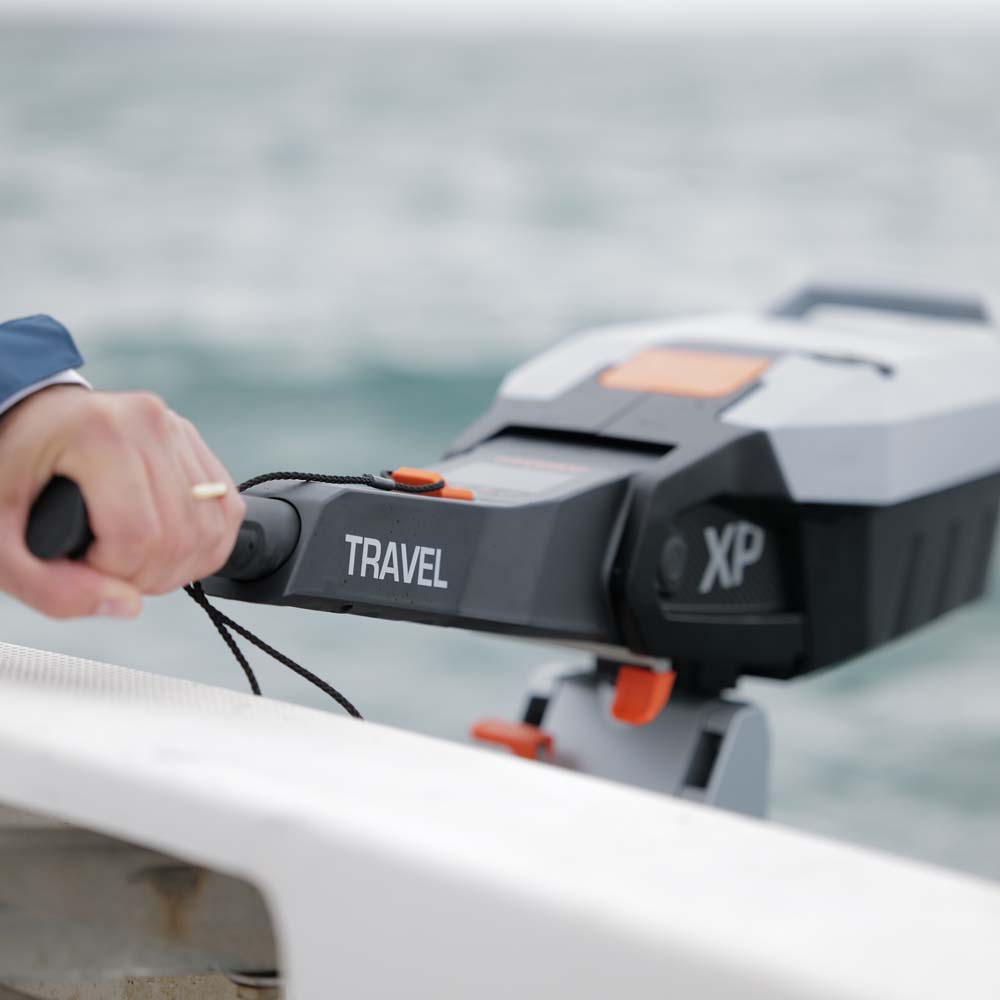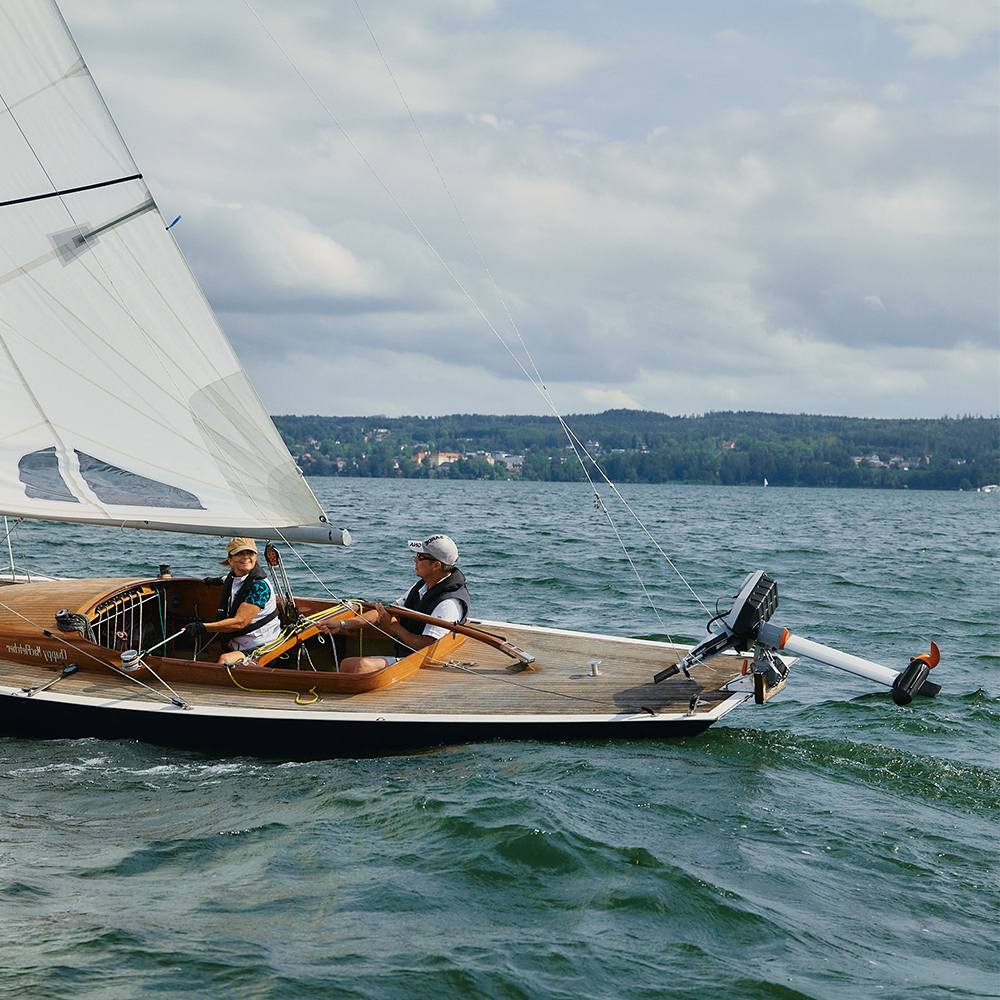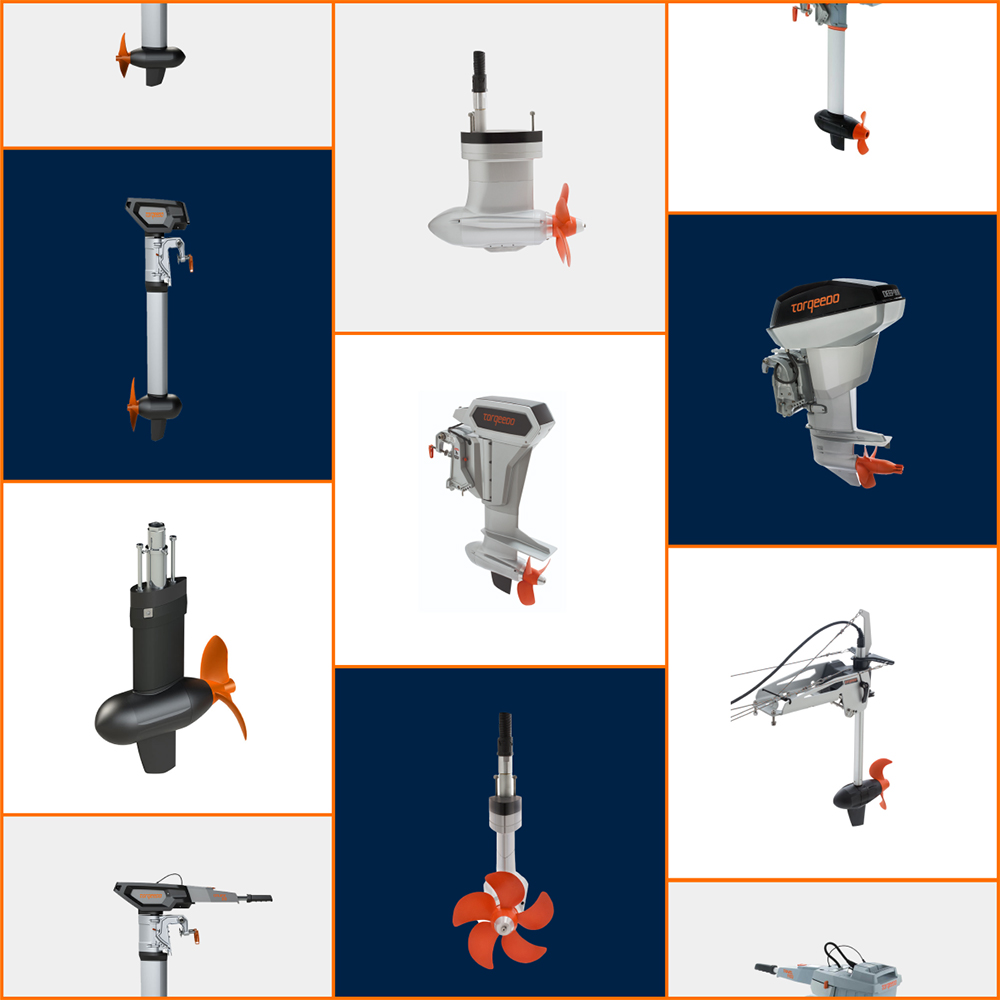La nouvelle famille Travel.
Découvrez votre compagnon idéal pour chaque voyage.
PARTICULIERS
PROFESSIONNELS
Electric stories
LES MOTEURS HORS-BORD TORQEEDO SONT DISPONIBLES CHEZ LES CONCESSIONNAIRES YAMAHA
À partir de janvier 2025, des moteurs hors-bord Torqeedo sélectionnés seront disponibles pour la première fois dans huit pays européens par l'intermédiaire du réseau de concessionnaires Yamaha.
EN SAVOIR PLUS
EN SAVOIR PLUS
Electric stories
LE DRAGON DU LAC DE STARNBERG
Découvrez comment un moteur électrique améliore une journée sur l'eau : le nouveau Travel 903 ravit même les navigateurs aguerris avec son autonomie et son efficacité accrues. Une sortie sur le lac de Starnberg, près de Munich - avec des vents de 15 nœuds et sans fumées de gazole.
EN SAVOIR PLUS
EN SAVOIR PLUS
Communiqué de presse
LE PREMIER SEMI-RIGIDE À HYDROGÈNE FEND L'EAU
Cet été, l'univers de la course à voile s'apprête à vivre un moment historique : l'organisation nautique des Pays-Bas lance son premier bateau d'entraînement à hydrogène sans émissons équipé d'un moteur électrique Torqeedo Deep Blue. Découvrez pourquoi il s'agit d'un événement majeur pour la protection du climat et de la qualité de l'air local.
EN SAVOIR PLUS
EN SAVOIR PLUS
